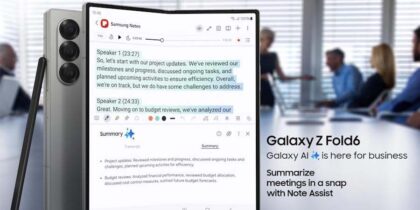Amid the buzz about 5G throughout Mobile World Congress 2018 in Barcelona, there were a couple of significant, but not widely covered developments:
- The C-RAN Alliance and xRAN Forum joined to create the ORAN Alliance. This newly merged group promises to drive LTE and 5G radio access network (RAN) equipment development based on open, standardized interfaces.
- A major US operator introduced a new vendor — Samsung — into their LTE macro RAN as part of their Open RAN initiative.
These announcements are more than just business as usual. They mark an inflection point in the mobile infrastructure market and a shift in how operators will advance in architecting their networks.
Existing Network Barriers to Entry
Traditionally, network operators have divided the country into geographic regions and awarded each region to a single RAN vendor. Given the proprietary nature of the equipment, and the careful management of scale, vendors were required to interoperate across network layers (for example, core network versus RAN layer).
Most operators have two or three equipment vendors supporting their RAN to provide some level of competition for large CAPEX spending, as well as creating competition to ensure the latest technology is supported across their footprint.
These traditional network infrastructure providers built at a vast scale behind the OEM and service portion of the business to support operators. Design, build and network support services were put in place to support the proprietary infrastructure.
Choose the Right Mobile Device for Your Workforce
Download this ultimate guide to identify which device will increase your employee and IT efficiency. Download Now
The challenge this posed for operators — particularly those in the US where spectrum is fragmented and multi-band support is required — is the complexity and cost it drives into the RAN network in the form of space, power, antennas and chipsets. It also removed true flexibility of choice by creating a significant barrier to entry, especially for smaller providers. Couple this with today’s market dynamics, including limited subscriber growth, and operators have been challenging the ecosystem to architect more efficient networks.
Taking an Open Path
While operators have invested in more efficient transport layer technologies (such as fiber) for their network, and many have started to virtualize core network functions, the radio access network is now moving to the forefront of software-defined networking. And the first major step in advancing to a virtualized RAN begins with open RAN (oRAN).
With oRAN, network operators are now leading the industry away from a paradigm of proprietary interfaces between the baseband unit and the remote radio head. This allows operators to introduce new providers into their network with best-in-class network elements.
Open RAN promises to benefit operators by allowing future mobile networks to be more energy efficient, cost-effective, flexible and intelligent. This also allows operators to support moving more functions to the edge of their network, taking advantage of improved latency as well as the velocity of technical upgrades that are available as improvements are developed.
This transformation will not happen overnight — but the process is accelerating. Just before MWC, we announced a major US operator will introduce Samsung as a new provider to its RAN network. With this development, Samsung will provide open RAN components that can interwork with the other vendors on the operator’s network. These foundational network elements (baseband units and remote radio heads) are more compact, energy efficient and support more bands than the previous generation.
Now, companies who are developing on open interface, software-based principles with deep RF understanding can compete in the market. Operators stand to benefit by being able to transform their networks into more efficient and flexible platforms capable of new services and revenue opportunities.
Developments such as these will help advance the market in transforming the next generation of wireless networks.
Learn more about how Samsung’s end-to-end portfolio of networks solutions is helping lead the development of next-generation wireless infrastructure.









